
Best Ebike Under 1000: What to Expect & Key Features
A Good Ebike Under $1000?
The sub-$1000 price point for an electric bike is incredibly appealing. But it often comes with a healthy dose of doubt. Can you really get a reliable, safe, and enjoyable ebike without spending a fortune? The short answer is yes, absolutely. However, it requires a shift in perspective. You are not buying a high-performance, lightweight machine. Instead, you are buying an entry point into the world of electric-assist cycling.
This guide will walk you through exactly what to expect. We'll cover the impressive features you do get, the necessary compromises made to meet this price, and how to determine if this budget aligns with your personal riding needs. The key is to understand that it's about finding the best value, not the highest performance. An informed buyer at this price point can be a very happy rider.
What Your Money Gets You
When you invest in an ebike under $1000, you are getting a surprisingly capable machine. It's packed with features that make cycling more accessible and fun. The value proposition is strong, provided you know what to look for. These bikes deliver real utility for commuting, errands, and recreation.
Capable Hub Motors
The heart of any budget ebike is its motor. In this category, hub motors reign supreme.
Rear Hub Motors: Nearly every ebike under $1000 uses a rear hub motor. This means the motor is housed within the hub of the rear wheel, delivering power directly to the wheel itself.
Power Output: You can expect a power output ranging from 250 to 500 watts for sustained power. Many models advertise a peak power of 750W. In real-world terms, this is more than enough to flatten moderate hills, cruise effortlessly on flat terrain, and get a significant boost away from a stoplight. It may, however, require more of your own effort on very long, steep climbs.
The Feel: From our experience, a hub motor provides a distinct pushing sensation. The power kicks in a moment after you start pedaling and propels the bike forward. This is different from the more expensive mid-drive systems that feel like a natural extension of your own pedaling power. But it's highly effective and easy to get used to.
Decent Battery and Range
A common worry is that a budget ebike will have a battery that dies after a few miles. Fortunately, this isn't the case.
Battery Capacity: Typical specifications are 36-volt or 48V systems paired with batteries ranging from 10 amp-hours to 14Ah. This translates to a realistic, real-world range of 20-45 miles per charge. This number varies significantly based on factors like terrain, your weight, tire pressure, and especially which level of pedal assist you use.
Convenient Charging: A major advantage is that most models in this price range feature a removable battery. You can unlock it from the frame and take it inside to charge. This is a huge convenience for those living in apartments or without a garage.
Safety First: Battery safety is non-negotiable. We strongly advise that you only purchase an ebike where the entire electrical system is certified to UL 2849. This certification ensures the system has been rigorously tested to prevent fire hazards. Always follow the CPSC guidance on micromobility safety and prioritize certified products.
Solid Core Components
Beyond the electronics, the fundamental bike components are functional and reliable for everyday use.
Reliable Brakes: Mechanical disc brakes are the industry standard here. They offer consistent and powerful stopping power in all weather conditions. This is a massive improvement over older rim brakes. While they may require more frequent cable tension adjustments than their pricier hydraulic counterparts, they are effective and easy to maintain.
Sturdy Frames: Frames are almost universally made from aluminum alloy. This provides a good balance of strength and corrosion resistance. You'll find a variety of styles, including commuter-friendly step-throughs, classic cruisers, and versatile folding bikes.
Valuable Accessories: Many brands add significant value by including accessories. It's common to find a best ebike under 1000 that comes pre-equipped with fenders to keep you dry, a rear rack for carrying cargo, and basic integrated headlights and taillights for visibility.
The Reality Check
To sell a complete ebike for under $1000, manufacturers must make smart compromises. Understanding these trade-offs is crucial for setting realistic expectations and avoiding disappointment. These aren't flaws so much as calculated decisions to hit an accessible price point.
| Feature | Under $1000 | Over $2000 |
|---|---|---|
| Motor Type | Rear Hub Motor | Mid-Drive Motor |
| Sensor | Cadence Sensor | Torque Sensor |
| Brakes | Mechanical Disc | Hydraulic Disc |
| Drivetrain | Entry-Level (e.g., Shimano Tourney) | Mid-Range (e.g., Shimano Deore) |
| Weight | 60-75 lbs (27-34 kg) | 45-60 lbs (20-27 kg) |
| Suspension | Basic Spring Fork or Rigid | Tuned Air Fork or Quality Rigid |
| Warranty | Typically 1 Year | Often 2+ Years, Lifetime on Frame |
Weight and Drivetrain
The most noticeable compromises are in the weight and the refinement of the mechanical parts.
Weight: These bikes are heavy, often weighing between 60 and 75 pounds. The powerful motor and large battery contribute to this, as do the less expensive, heavier components. This isn't an issue while riding. But it makes carrying the bike up a flight of stairs or lifting it onto a car rack a significant challenge.
Drivetrain: You will typically find entry-level groupsets, such as Shimano Tourney. This means you'll have 7 or 8 gears, which is sufficient for most situations. However, the shifting won't feel as crisp or immediate as on higher-end systems. The components may also wear a bit faster under heavy use.
Suspension: If a bike in this price range has a suspension fork, it's usually a basic coil-spring model. It will absorb some large bumps but adds considerable weight and lacks the fine-tuned damping of more advanced air forks. Many of the best budget bikes wisely opt for a simpler, lighter rigid fork.
Cadence vs. Torque Sensors
This is one of the biggest differences in ride feel between budget and premium ebikes.
Cadence Sensors: Nearly all ebikes under $1000 use a cadence sensor. This sensor detects that the pedals are rotating and tells the motor to turn on to a pre-set power level. It's essentially an on/off switch. You pedal, you get power. You stop, the power cuts out.
The Experience: Based on our testing, this can sometimes feel a bit jerky or sudden. This is especially true when starting from a dead stop or when trying to pedal very slowly in a high-assist mode. It feels like the bike is pulling you along rather than amplifying your effort.
The Contrast: More expensive bikes use a torque sensor, which measures how hard you are pressing on the pedals and delivers motor assistance in proportion to your effort. This results in a seamless, intuitive ride that feels like you simply have superhuman legs.
Durability and Service
Longevity and ease of maintenance are important considerations.
Component Lifespan: Be prepared for some components to have a shorter lifespan. Parts that wear out on any bike—like brake pads, the chain, and the gear cassette—may be made from softer materials. They may require replacement sooner than their premium counterparts.
Warranty and Support: Warranties are typically for one year. Customer support from direct-to-consumer online brands can be excellent. But it can also be a mixed bag. Research brand reputation before you buy.
Local Shop Service: This is a critical point. Some local bike shops are hesitant to work on direct-to-consumer ebike brands they don't sell. This is often due to liability concerns or difficulty in sourcing proprietary parts. It's a wise move to call your local shop beforehand to ask if they service the brand you're considering.
Finding the Right Fit
A spec sheet only tells part of the story. To truly know if an ebike under $1000 is right for you, you need to match the bike's capabilities to your lifestyle. We've created a simple framework to help you decide.
The Casual Weekend Rider
Verdict: A perfect fit.
Reasoning: If your goal is to ride 5-15 miles on weekends, explore local bike paths, or cruise around the neighborhood, this category offers exceptional value. The limitations, such as the bike's weight or a basic drivetrain, are unlikely to be significant drawbacks for this type of use. The fun-per-dollar ratio is off the charts.
The Daily Short Commuter
Verdict: A good fit, with caveats.
Reasoning: For a daily commute under 10 miles each way, a sub-$1000 ebike can be a fantastic and economical car replacement. Reliability is paramount, so choosing a model from a reputable brand is key. Reviews based on extensive testing of budget e-bikes can help identify durable options. The main caveat is that you should be prepared for more frequent basic maintenance. This includes adjusting brakes and keeping the chain clean and lubricated.
The Performance Seeker
Verdict: Likely not the right fit.
Reasoning: If you are a cycling enthusiast who craves long-distance touring, climbing steep mountain roads, or the most responsive ride feel, you will likely be frustrated by the limitations of a budget ebike. The weight will feel cumbersome, the battery range will be a source of anxiety on long, hilly rides, and the cadence sensor will feel unrefined. For these riders, saving for a model in the $1,500-$2,500 range with a torque sensor and higher-quality components will provide a vastly more satisfying experience.
Managing Your Investment
Your purchase is just the beginning. Understanding the total cost of ownership and the initial setup process will ensure a better experience long-term.
The Out-of-Box Experience
Assembly: Your bike will arrive in a large box, about 85% assembled. You will typically need to install the front wheel, handlebars, pedals, and seat. While many people can do this themselves by carefully following instructions, we recommend budgeting for professional assembly at a local bike shop ($100-$175). According to advice from Bicycling.com, a professional check is always a good idea for bikes bought online.
Initial Tune-Up: Before your first real ride, it's crucial to perform a safety check. Ensure every bolt is tight, and that the brakes and gear derailleur are properly adjusted.
Real Maintenance Costs
Essential Gear: Factor in the cost of necessary safety and maintenance gear. A quality helmet, a robust lock, and a floor pump are not optional. Expect to spend an additional $100-$150 on these essentials.
Battery Replacement: This is the most significant long-term cost. An ebike battery has a finite lifespan, typically 3-5 years or 500-800 charge cycles. A replacement battery for a budget ebike usually costs between $300 and $500.
Wear and Tear: Budget for replacing consumable parts. A new chain might cost $20, a set of brake pads $15, and new tires $30-$50 each. These costs are part of owning any bike. But they may occur slightly more frequently on a budget model.
An Excellent Gateway
An ebike under $1000 is an outstanding entry point into the world of electric cycling. It successfully lowers the barrier to entry, making the joy and convenience of e-biking accessible to almost everyone. The key is to purchase with open eyes. Understand that you are choosing value over peak performance. You are accepting trade-offs like increased weight and a simpler sensor system in exchange for an incredibly affordable price.
By matching the bike's capabilities to your specific needs—whether you're a casual rider or a daily commuter—you can find a machine that will reliably serve you for years. It's a purchase that can genuinely change the way you move through your world.
Frequently Asked Questions
Q: How long does the battery last on an ebike under $1000?
A: The battery typically lasts 20-45 miles per charge, depending on factors like terrain, rider weight, and assist level used. The battery itself will need replacement after 3-5 years or 500-800 charge cycles.
Q: Are cheap ebikes safe to ride?
A: Yes, when you choose models with UL 2849 certification for the electrical system. Always follow CPSC safety guidelines and ensure proper assembly and maintenance.
Q: Can I ride an ebike under $1000 in the rain?
A: Most budget ebikes have basic water resistance, but it's best to avoid heavy rain. The mechanical disc brakes will work well in wet conditions, but always dry and maintain your bike after wet rides.
Q: Do I need special tools to maintain a budget ebike?
A: Basic bike maintenance tools are sufficient for most tasks. You'll need standard hex keys, a chain tool, and tire levers. More complex electrical issues should be handled by a professional.
Q: How much weight can an ebike under $1000 carry?
A: Most budget ebikes can safely carry a total weight (rider plus cargo) of 250-300 pounds. Check the specific weight limit for your model, as this varies by manufacturer and frame design.



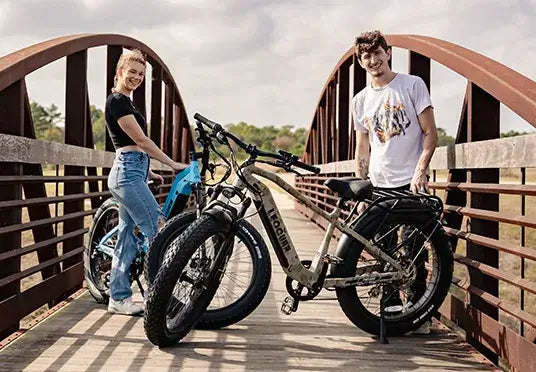
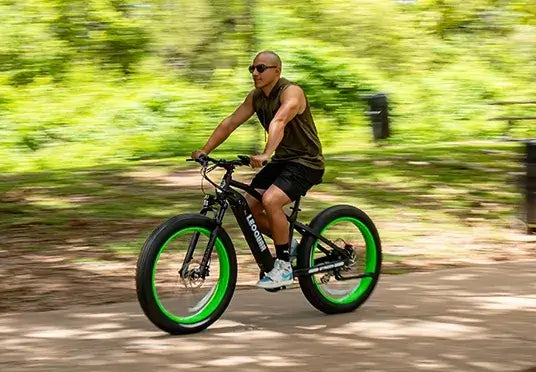

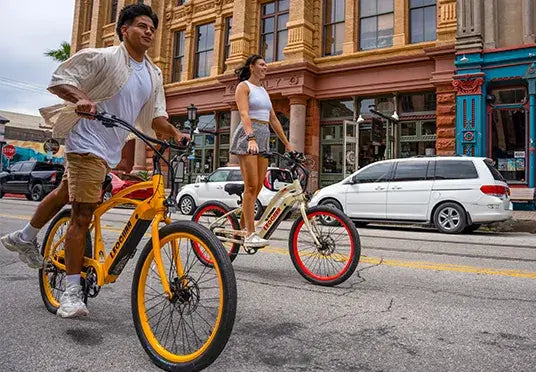
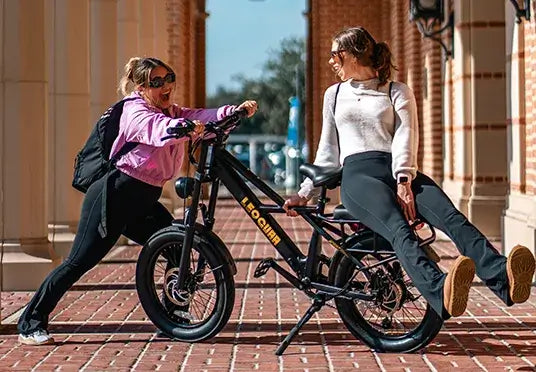
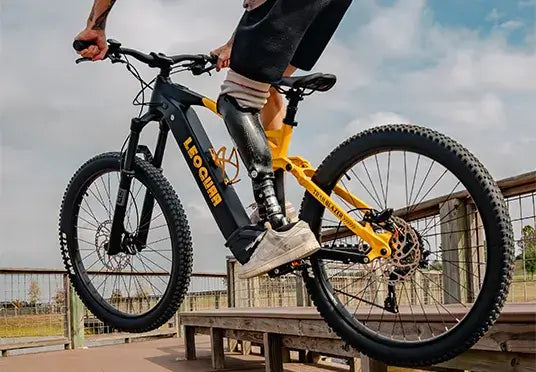
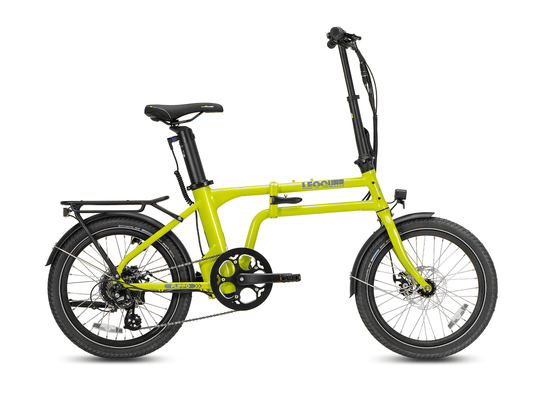
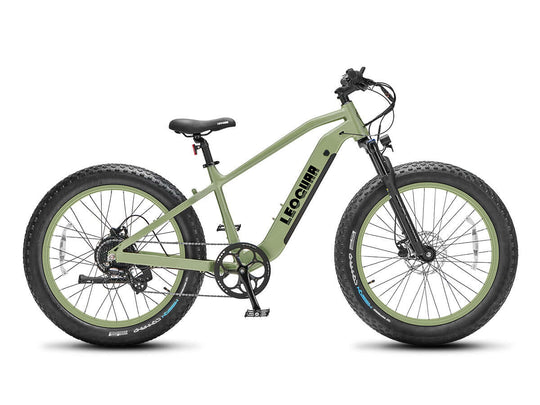
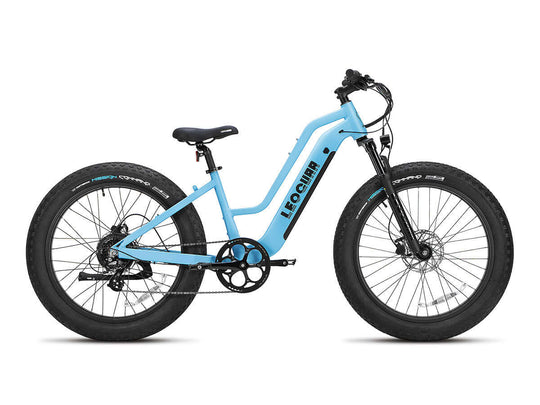
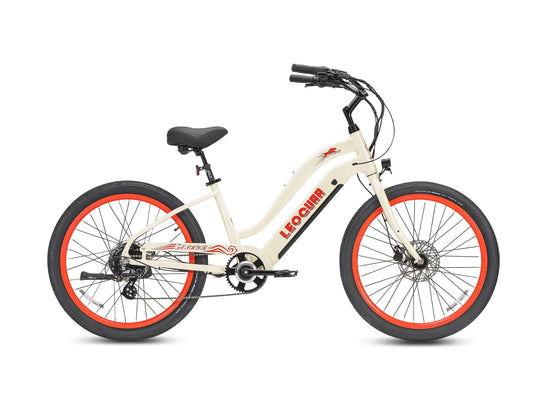
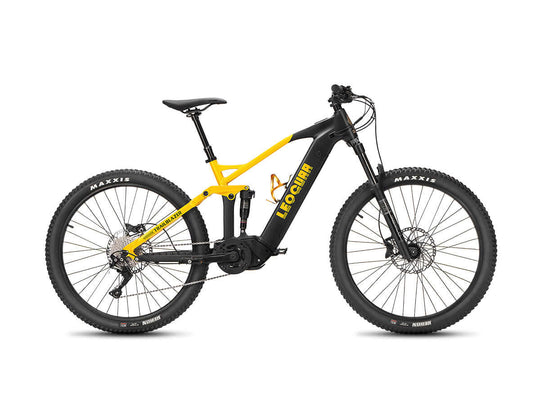
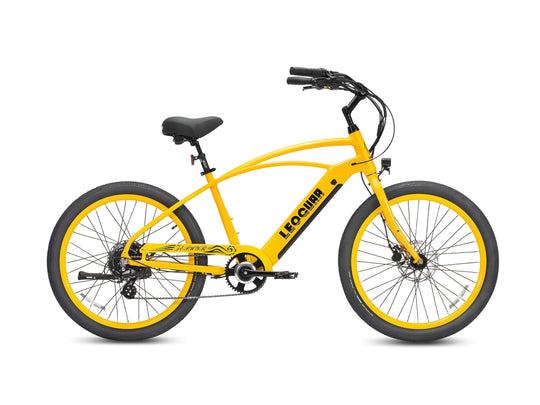
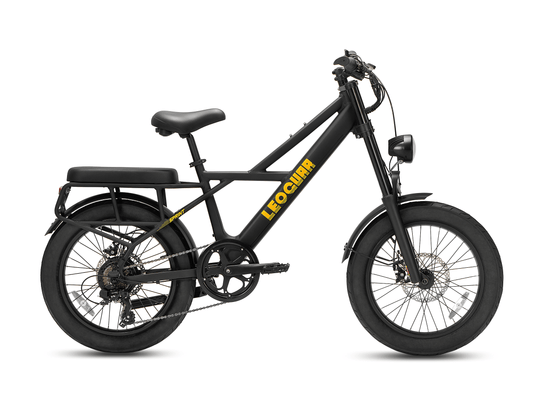
















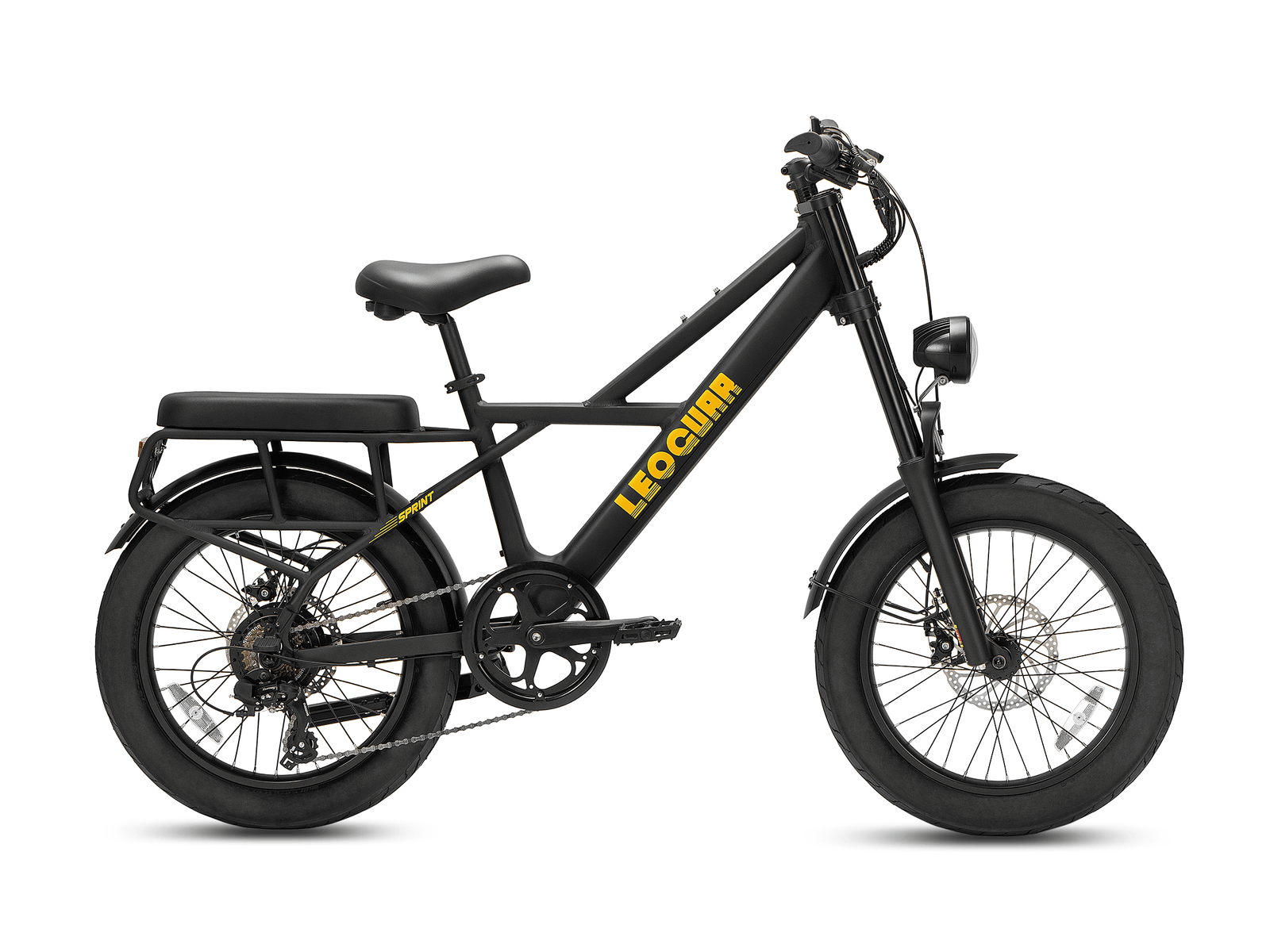








Leave a comment